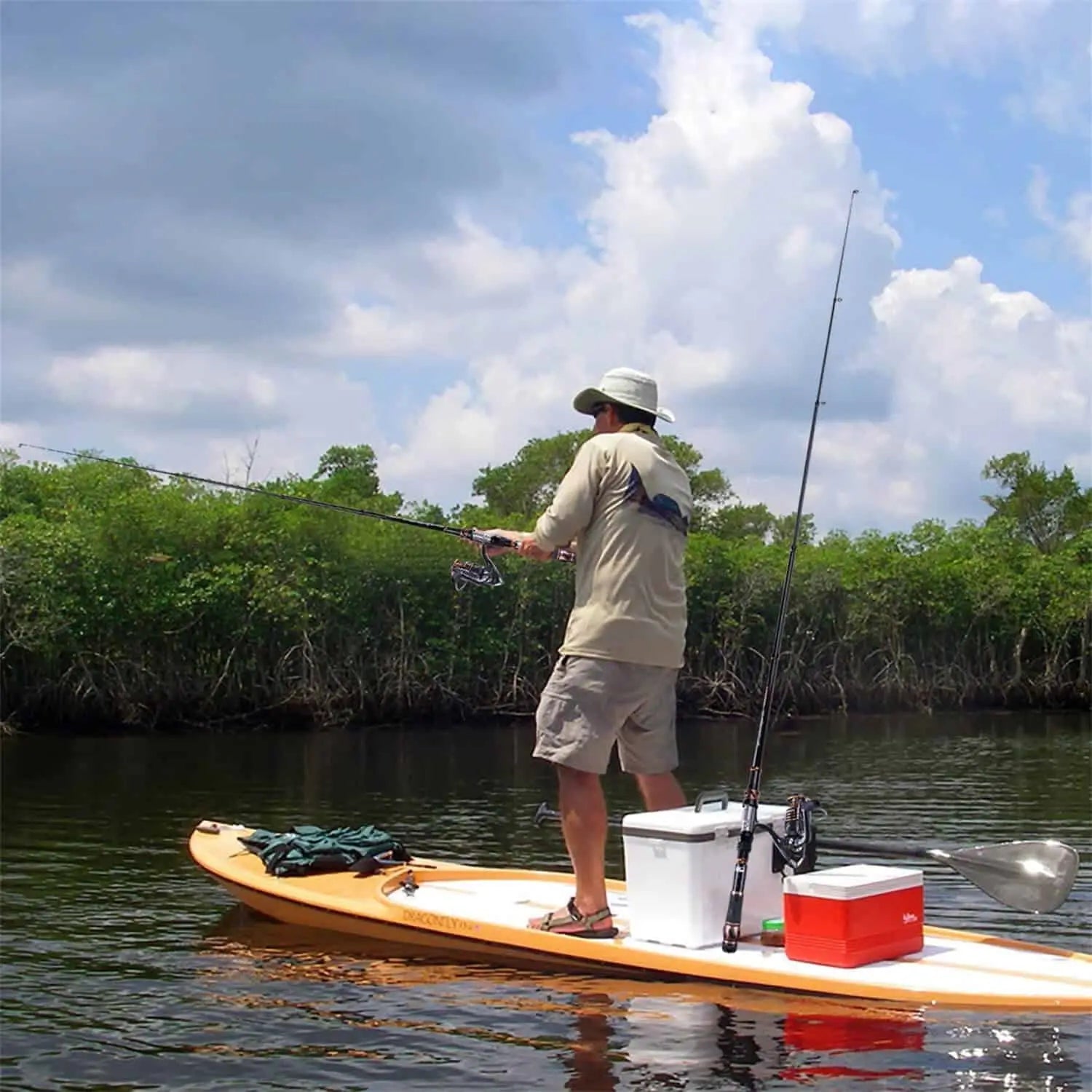Shock! It's amazing how magical this thing is fishing rod and reel.
When it comes to fishing, having the right equipment is essential. One of the most important pieces of gear is the fishing reel. The fishing reel is the device that holds and releases the fishing line, allowing you to cast your line and reel in your catch. There are several different types of fishing reels available, each with its own unique features and benefits. In this ultimate beginner's guide, we will explore the various types of fishing reels and help you understand which one is best suited for your needs.
Spinning Reels
Spinning reels are one of the most popular types of fishing reels, especially among beginners. They are easy to use and versatile, making them a great choice for a wide range of fishing situations. Spinning reels have a fixed spool that sits below the fishing rod. The line is released from the spool by opening the bail, which is a metal wire that flips up and down. To cast, you simply hold the line with your finger, release the bail, and then cast your line. Spinning reels are known for their smooth drag system, which allows you to easily reel in larger fish.
Baitcasting Reels
Baitcasting reels are another popular choice among anglers, especially those who prefer to fish for larger species. These reels are designed to handle heavier lines and lures, making them ideal for targeting big game fish. Baitcasting reels have a revolving spool that sits on top of the fishing rod. The line is released by pressing your thumb against the spool, allowing you to control the distance and accuracy of your cast. Baitcasting reels require a bit more skill and practice to master, but once you get the hang of it, they offer excellent control and precision.
Spincasting Reels
If you're a beginner looking for a user-friendly option, spincasting reels are a great choice. These reels are often referred to as "push-button" reels because they feature a button on the back that you press to release the line. Spincasting reels are enclosed in a cone-shaped housing, which helps protect the line from tangles and snags. They are easy to use and require minimal maintenance, making them perfect for beginners or casual anglers. However, spincasting reels may not be as durable or suitable for heavy-duty fishing as other types of reels.
Fly Reels
For those interested in fly fishing, fly reels are a must-have. Fly reels are designed specifically for fly fishing, which involves casting a lightweight fly rather than a heavy lure or bait. These reels have a large arbor, which allows for faster line retrieval and reduces line memory. Fly reels also have a smooth drag system, which is important when fighting larger fish. They are typically made of lightweight materials, such as aluminum, to reduce fatigue during long casting sessions. Fly reels come in various sizes and weights to match different fly rod setups and fishing conditions.
Understanding the different types of fishing reels is crucial for any angler, whether you're a beginner or an experienced fisherman. Each type of reel has its own advantages and disadvantages, so it's important to consider your fishing style, target species, and personal preferences when choosing a reel. By selecting the right reel for your needs, you can enhance your fishing experience and increase your chances of success on the water.

